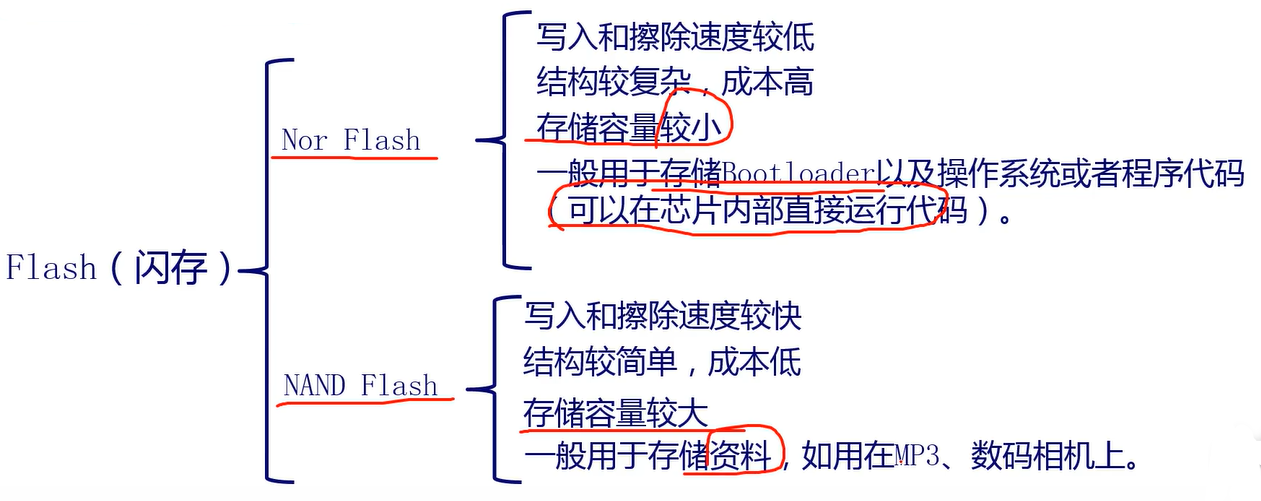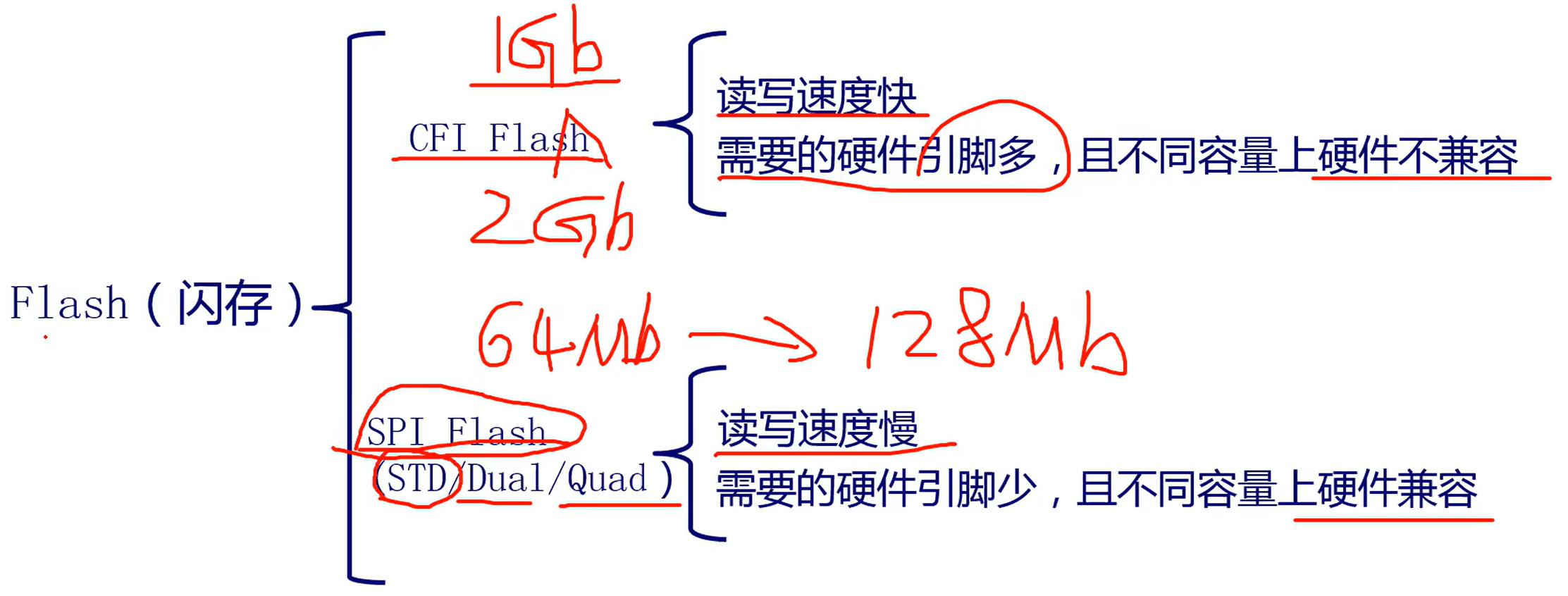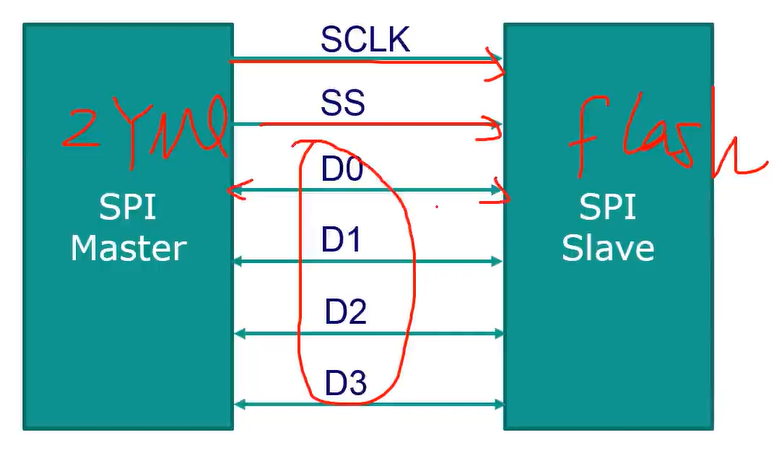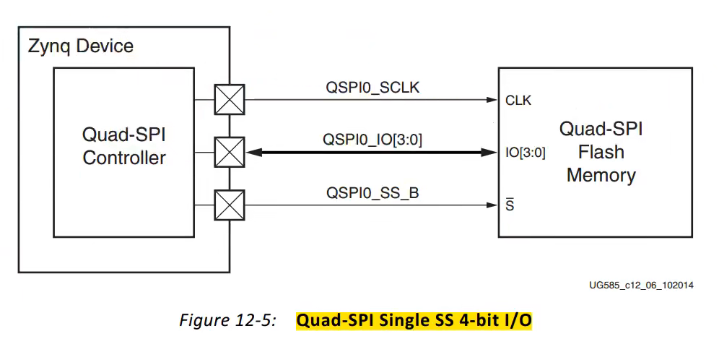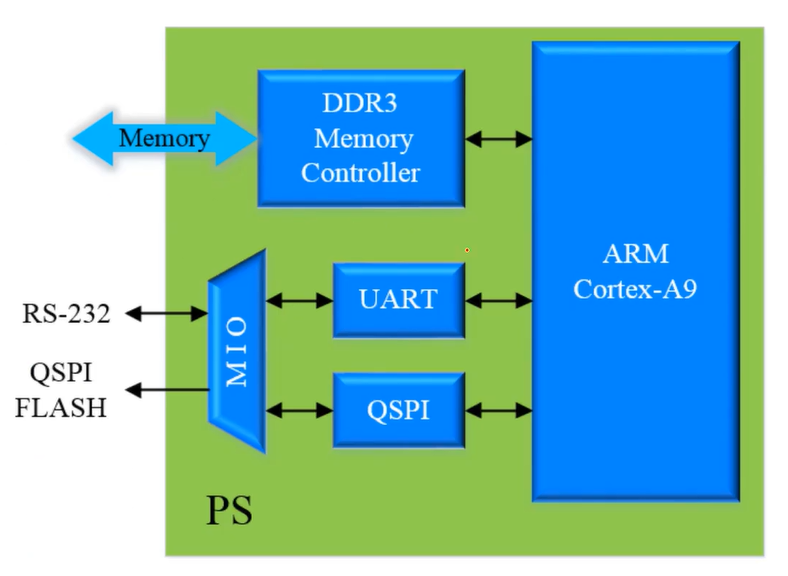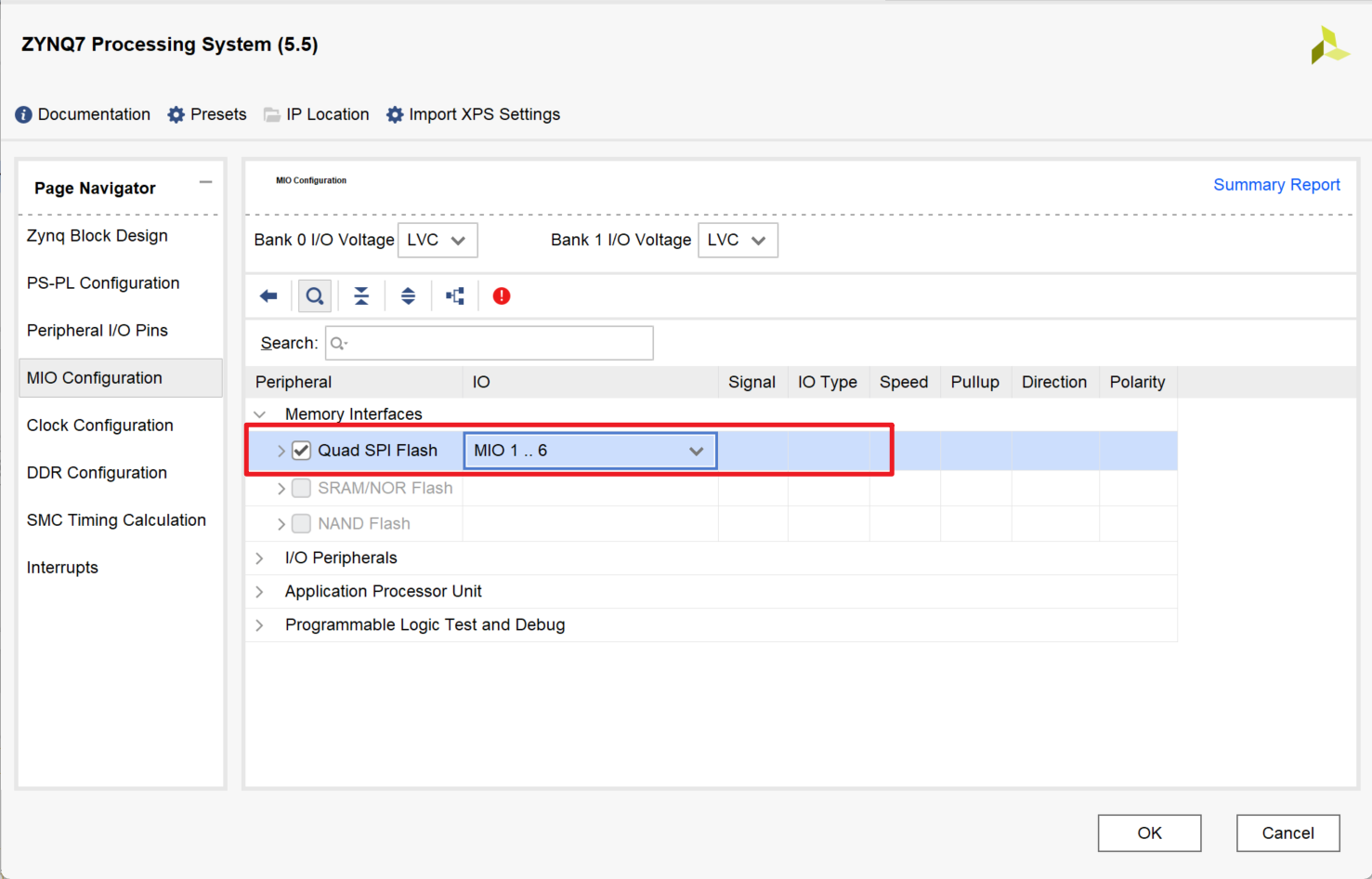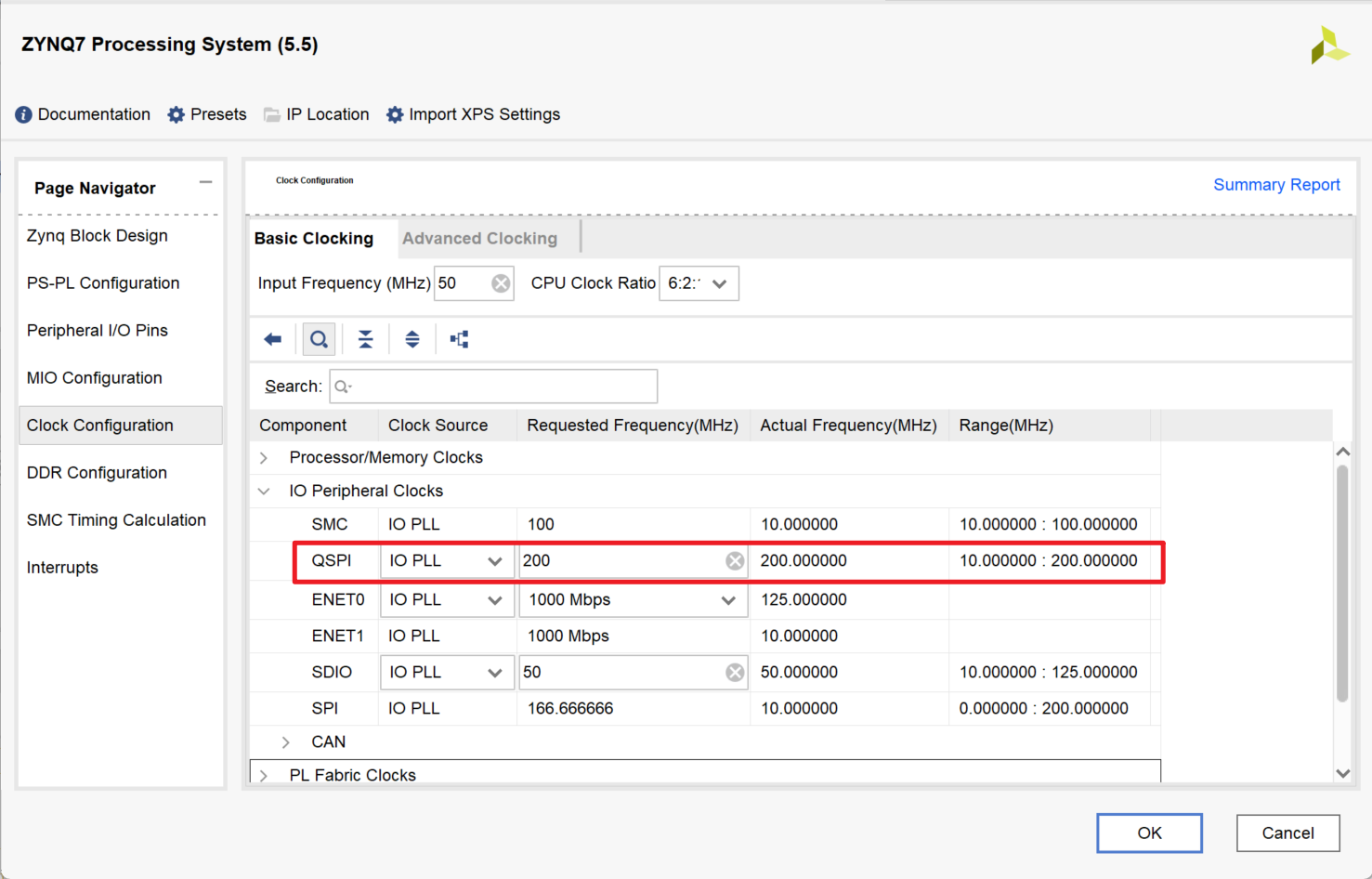1
2
3
4
5
6
7
8
9
10
11
12
13
14
15
16
17
18
19
20
21
22
23
24
25
26
27
28
29
30
31
32
33
34
35
36
37
38
39
40
41
42
43
44
45
46
47
48
49
50
51
52
53
54
55
56
57
58
59
60
61
62
63
64
65
66
67
68
69
70
71
72
73
74
75
76
77
78
79
80
81
82
83
84
85
86
87
88
89
90
91
92
93
94
95
96
97
98
99
100
101
102
103
104
105
106
107
108
109
110
111
112
113
114
115
116
117
118
119
120
121
122
123
124
125
126
127
128
129
130
131
132
133
134
135
136
137
138
139
140
141
142
143
144
145
146
147
148
149
150
151
152
153
154
155
156
157
158
159
160
161
162
163
164
165
166
167
168
169
170
171
172
173
174
175
176
177
178
179
180
181
182
183
184
185
186
187
188
189
190
191
192
193
194
195
196
197
198
199
200
201
202
203
204
205
206
207
208
209
210
211
212
213
214
215
216
217
218
219
220
221
222
223
224
225
226
227
228
229
230
231
232
233
234
235
236
237
238
239
240
241
242
243
244
245
246
247
248
249
250
251
252
253
254
255
256
257
258
259
260
261
262
263
264
265
266
267
268
269
270
271
272
273
274
275
276
277
278
279
280
281
282
283
284
285
286
287
288
289
290
291
292
293
294
295
296
297
298
299
300
301
302
303
304
305
306
307
308
309
310
311
312
313
314
315
316
317
318
319
320
321
322
323
324
325
326
327
328
329
330
331
332
333
334
335
336
337
338
339
340
341
342
343
344
345
346
347
348
349
350
351
352
353
354
355
356
357
358
359
360
361
362
363
364
365
366
367
368
369
370
371
372
373
374
375
376
377
378
379
380
381
382
383
384
385
386
387
388
389
390
391
| #include "xparameters.h"
#include "xqspips.h"
#include "xil_printf.h"
#define QSPI_DEVICE_ID XPAR_XQSPIPS_0_DEVICE_ID
#define WRITE_STATUS_CMD 0x01
#define WRITE_CMD 0x02
#define READ_CMD 0x03
#define WRITE_DISABLE_CMD 0x04
#define READ_STATUS_CMD 0x05
#define WRITE_ENABLE_CMD 0x06
#define FAST_READ_CMD 0x0B
#define DUAL_READ_CMD 0x3B
#define QUAD_READ_CMD 0x6B
#define BULK_ERASE_CMD 0xC7
#define SEC_ERASE_CMD 0xD8
#define READ_ID 0x9F
#define COMMAND_OFFSET 0
#define ADDRESS_1_OFFSET 1
#define ADDRESS_2_OFFSET 2
#define ADDRESS_3_OFFSET 3
#define DATA_OFFSET 4
#define DUMMY_OFFSET 4
#define DUMMY_SIZE 1
#define RD_ID_SIZE 4
#define BULK_ERASE_SIZE 1
#define SEC_ERASE_SIZE 4
#define OVERHEAD_SIZE 4
#define SECTOR_SIZE 0x10000
#define NUM_SECTORS 0x100
#define NUM_PAGES 0x10000
#define PAGE_SIZE 256
#define PAGE_COUNT 16
#define TEST_ADDRESS 0x00055000
#define UNIQUE_VALUE 0x05
#define MAX_DATA (PAGE_COUNT * PAGE_SIZE)
void FlashErase(XQspiPs *QspiPtr, u32 Address, u32 ByteCount);
void FlashWrite(XQspiPs *QspiPtr, u32 Address, u32 ByteCount, u8 Command);
void FlashRead(XQspiPs *QspiPtr, u32 Address, u32 ByteCount, u8 Command);
int FlashReadID(void);
void FlashQuadEnable(XQspiPs *QspiPtr);
int QspiFlashPolledExample(XQspiPs *QspiInstancePtr, u16 QspiDeviceId);
static XQspiPs QspiInstance;
int Test = 5;
u8 ReadBuffer[MAX_DATA + DATA_OFFSET + DUMMY_SIZE];
u8 WriteBuffer[PAGE_SIZE + DATA_OFFSET];
int main(void)
{
xil_printf("QSPI FLASH Polled Example Test \r\n");
QspiFlashPolledExample(&QspiInstance, QSPI_DEVICE_ID);
xil_printf("Successfully ran QSPI FLASH Polled Example Test\r\n");
return XST_SUCCESS;
}
int QspiFlashPolledExample(XQspiPs *QspiInstancePtr, u16 QspiDeviceId)
{
u8 *BufferPtr;
u8 UniqueValue;
int Count;
int Page;
XQspiPs_Config *QspiConfig;
QspiConfig = XQspiPs_LookupConfig(QspiDeviceId);
XQspiPs_CfgInitialize(QspiInstancePtr, QspiConfig, QspiConfig->BaseAddress);
for (UniqueValue = UNIQUE_VALUE, Count = 0; Count < PAGE_SIZE;
Count++, UniqueValue++) {
WriteBuffer[DATA_OFFSET + Count] = (u8)(UniqueValue + Test);
}
memset(ReadBuffer, 0x00, sizeof(ReadBuffer));
XQspiPs_SetOptions(QspiInstancePtr, XQSPIPS_MANUAL_START_OPTION |
XQSPIPS_FORCE_SSELECT_OPTION |
XQSPIPS_HOLD_B_DRIVE_OPTION);
XQspiPs_SetClkPrescaler(QspiInstancePtr, XQSPIPS_CLK_PRESCALE_8);
XQspiPs_SetSlaveSelect(QspiInstancePtr);
FlashReadID();
FlashQuadEnable(QspiInstancePtr);
FlashErase(QspiInstancePtr, TEST_ADDRESS, MAX_DATA);
for (Page = 0; Page < PAGE_COUNT; Page++) {
FlashWrite(QspiInstancePtr, (Page * PAGE_SIZE) + TEST_ADDRESS,
PAGE_SIZE, WRITE_CMD);
}
FlashRead(QspiInstancePtr, TEST_ADDRESS, MAX_DATA, QUAD_READ_CMD);
BufferPtr = &ReadBuffer[DATA_OFFSET + DUMMY_SIZE];
for (UniqueValue = UNIQUE_VALUE, Count = 0; Count < MAX_DATA;
Count++, UniqueValue++) {
if (BufferPtr[Count] != (u8)(UniqueValue + Test)) {
return XST_FAILURE;
}
}
return XST_SUCCESS;
}
void FlashWrite(XQspiPs *QspiPtr, u32 Address, u32 ByteCount, u8 Command)
{
u8 WriteEnableCmd = { WRITE_ENABLE_CMD };
u8 ReadStatusCmd[] = { READ_STATUS_CMD, 0 };
u8 FlashStatus[2];
XQspiPs_PolledTransfer(QspiPtr, &WriteEnableCmd, NULL,
sizeof(WriteEnableCmd));
WriteBuffer[COMMAND_OFFSET] = Command;
WriteBuffer[ADDRESS_1_OFFSET] = (u8)((Address & 0xFF0000) >> 16);
WriteBuffer[ADDRESS_2_OFFSET] = (u8)((Address & 0xFF00) >> 8);
WriteBuffer[ADDRESS_3_OFFSET] = (u8)(Address & 0xFF);
XQspiPs_PolledTransfer(QspiPtr, WriteBuffer, NULL,
ByteCount + OVERHEAD_SIZE);
while (1) {
XQspiPs_PolledTransfer(QspiPtr, ReadStatusCmd, FlashStatus,
sizeof(ReadStatusCmd));
if ((FlashStatus[1] & 0x01) == 0) {
break;
}
}
}
void FlashRead(XQspiPs *QspiPtr, u32 Address, u32 ByteCount, u8 Command)
{
WriteBuffer[COMMAND_OFFSET] = Command;
WriteBuffer[ADDRESS_1_OFFSET] = (u8)((Address & 0xFF0000) >> 16);
WriteBuffer[ADDRESS_2_OFFSET] = (u8)((Address & 0xFF00) >> 8);
WriteBuffer[ADDRESS_3_OFFSET] = (u8)(Address & 0xFF);
if ((Command == FAST_READ_CMD) || (Command == DUAL_READ_CMD) ||
(Command == QUAD_READ_CMD)) {
ByteCount += DUMMY_SIZE;
}
XQspiPs_PolledTransfer(QspiPtr, WriteBuffer, ReadBuffer,
ByteCount + OVERHEAD_SIZE);
}
void FlashErase(XQspiPs *QspiPtr, u32 Address, u32 ByteCount)
{
u8 WriteEnableCmd = { WRITE_ENABLE_CMD };
u8 ReadStatusCmd[] = { READ_STATUS_CMD, 0 };
u8 FlashStatus[2];
int Sector;
if (ByteCount == (NUM_SECTORS * SECTOR_SIZE)) {
XQspiPs_PolledTransfer(QspiPtr, &WriteEnableCmd, NULL,
sizeof(WriteEnableCmd));
WriteBuffer[COMMAND_OFFSET] = BULK_ERASE_CMD;
XQspiPs_PolledTransfer(QspiPtr, WriteBuffer, NULL,
BULK_ERASE_SIZE);
while (1) {
XQspiPs_PolledTransfer(QspiPtr, ReadStatusCmd,
FlashStatus,
sizeof(ReadStatusCmd));
if ((FlashStatus[1] & 0x01) == 0) {
break;
}
}
return;
}
for (Sector = 0; Sector < ((ByteCount / SECTOR_SIZE) + 1); Sector++) {
XQspiPs_PolledTransfer(QspiPtr, &WriteEnableCmd, NULL,
sizeof(WriteEnableCmd));
WriteBuffer[COMMAND_OFFSET] = SEC_ERASE_CMD;
WriteBuffer[ADDRESS_1_OFFSET] = (u8)(Address >> 16);
WriteBuffer[ADDRESS_2_OFFSET] = (u8)(Address >> 8);
WriteBuffer[ADDRESS_3_OFFSET] = (u8)(Address & 0xFF);
XQspiPs_PolledTransfer(QspiPtr, WriteBuffer, NULL,
SEC_ERASE_SIZE);
while (1) {
XQspiPs_PolledTransfer(QspiPtr, ReadStatusCmd,
FlashStatus,
sizeof(ReadStatusCmd));
if ((FlashStatus[1] & 0x01) == 0) {
break;
}
}
Address += SECTOR_SIZE;
}
}
int FlashReadID(void)
{
WriteBuffer[COMMAND_OFFSET] = READ_ID;
WriteBuffer[ADDRESS_1_OFFSET] = 0x23;
WriteBuffer[ADDRESS_2_OFFSET] = 0x08;
WriteBuffer[ADDRESS_3_OFFSET] = 0x09;
XQspiPs_PolledTransfer(&QspiInstance, WriteBuffer, ReadBuffer,
RD_ID_SIZE);
xil_printf("FlashID=0x%x 0x%x 0x%x\n", ReadBuffer[1], ReadBuffer[2],
ReadBuffer[3]);
return XST_SUCCESS;
}
void FlashQuadEnable(XQspiPs *QspiPtr)
{
u8 WriteEnableCmd = {WRITE_ENABLE_CMD};
u8 ReadStatusCmd[] = {READ_STATUS_CMD, 0};
u8 QuadEnableCmd[] = {WRITE_STATUS_CMD, 0};
u8 FlashStatus[2];
if (ReadBuffer[1] == 0x9D) {
XQspiPs_PolledTransfer(QspiPtr, ReadStatusCmd,
FlashStatus,
sizeof(ReadStatusCmd));
QuadEnableCmd[1] = FlashStatus[1] | 1 << 6;
XQspiPs_PolledTransfer(QspiPtr, &WriteEnableCmd, NULL,
sizeof(WriteEnableCmd));
XQspiPs_PolledTransfer(QspiPtr, QuadEnableCmd, NULL,
sizeof(QuadEnableCmd));
}
}
|
